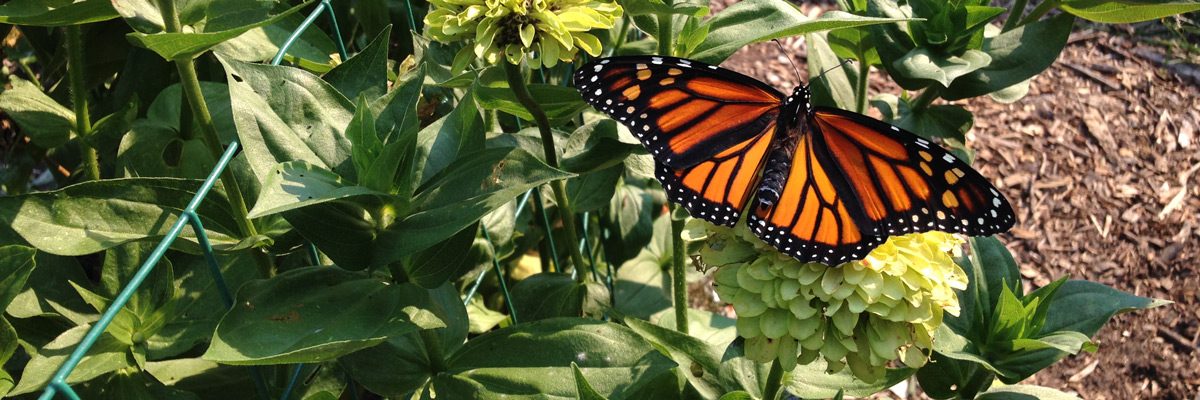First there are places in the US where you can garden year round. Most of the southeast falls into this category. Yes there are issues around water use because much of off season gardening requires watering. But when you look at the exercise and healthy food it can produce, plus the off setting of transportation costs, especially in gasoline costs overall the good out weighs the bad. I would contend with a solar space attached to a house or proper cold frames you can actually year round garden up to the Great Lakes latitudes. But this is not what traditionally has been considered fall gardening. I also might add something will take up later that winter crop covers can be considered both fall gardening but also composting. I also can hear a lot of you saying that you are sooooo glad when the gardening season is “over” that the thought of getting the rototiller out in August or September is too painful to consider. But we all over plant and also underestimate the amount of work and the amout of time involved. To which I say, “Stop it”. Here is a good primer from East Texans – the home of Stevie Ray Vaughn.
http://easttexasgardening.tamu.edu/homegardens/fallveggarden.html
Prepare In July For Fall/Winter Vegetable Harvest
by Keith C. Hansen, Extension Horticulturist
:}
I skipped to the gardening part of this article.
:}
Every time you prepare the soil to plant a new crop, always mix in as much compost as you can get your hands on. Add well-decomposed animal manure, fertilizer and lime if soil tests indicate a low fertility or pH, and work all ingredients into the soil.
Southern peas such as blackeye, purplehull, cream and crowders make a great, edible summer cover crop for building the soil and providing food. The pea vines can be mowed and rototilled under while still green for extra soil building benefits or allowed to produce peas and then tilled under.
Tomatoes and peppers need to be planted soon – by the first of August – if they are going to make a good crop before first frost. What if your garden spot is not yet ready? Buy your transplants now and grow them in a larger container to plant in the garden later.
Get either 6-pack transplants or 4-inch transplants. Put them in a 1- or 3-gallon nursery container filled with potting soil. Do not use soil from your garden. Add slow release fertilizer (like Osmocote or other slow release formulation) to the soil mix. Set the pots in a sunny spot in the yard, not in the shade!
Every time you water, use a water-soluble fertilizer solution instead of just plain water. Your transplants will continue to grow and be healthy, just as if you have transplanted them directly into the ground. Once your garden site is ready, you will have large, healthy tomato and pepper plants to set out. They will be easier to take care of and you will be assured of a bountiful harvest before the first freeze of winter.
Grow fast maturing tomato varieties for the fall harvest. Look for varieties with less than 75 days to maturity, such as ‘Merced’, ‘Bingo’, ‘Celebrity’, ‘Whirlaway’, and ‘Carnival’. ‘Surefire’ is a smaller, processing tomato variety (with thicker skin) which sets and matures all of its tomatoes very quickly, giving you a “surefire” harvest that beats the first freeze. Most cherry tomatoes will bear within 65 days of transplanting.
Timing is very important for a successful fall garden. Heat tolerant/cold sensitive crops need to be planted in time to mature before cold weather slows and stops growth, while cool season/heat sensitive crops are planted late enough to avoid the heat, but early enough to take the first frosts of winter.
The following are optimal “windows of time” for planting fall vegetables:
| Beans – 8/1 – 9/1 (lima beans 7/15 – 8/15) | Muskmelon (Cantaloupe) – 7/15 – 8/1 |
| Beets – 9/1 – 10/15 | Mustard – 9/15 – 10/15 |
| Broccoli plants – 8/1 – 9/15 | Parsley – 8/15 – 10/1 |
| Brussels sprouts – 8/1 – 10/1 | Peas, English – 8/15 – 9/15 |
| Cabbage plants – 8/15 – 9/15 | Peas, Southern – 7/1 – 8/1 |
| Carrots – 8/15 – 10/15 | Pepper plants – 7/1 – 8/1 |
| Cauliflower plants – 8/15 – 9/15 | Potatoes, Irish – 8/15 – 9/15 |
| Chard, Swiss – 8/1 – 10/15 | Pumpkin – 7/1 – 8/1 |
| Collard/Kale – 8/15 – 10/1 | Radish – 9/15 – 10/15 |
| Corn, Sweet – 8/1 – 8/15 | Spinach – 9/1 – 10/15 |
| Cucumber – 8/1 – 9/1 | Squash, Summer – 7/15 – 8/15 |
| Eggplant plants – 7/15 – 8/1 | Squash, Winter – 7/1 – 7/15 |
| Garlic – 9/1 – 10/15 | Tomato plants – 7/15 – 8/1 |
| Kohlrabi – 8/15 – 9/15 | Turnips – 10/1 – 11/1 |
| Lettuce (leaf) – 9/15 – 10/15 | Watermelon – 7/1 – 8/1 |
Seeded vegetables can be tricky to get up in the heat of summer. Soil often forms a crust on the surface after tillage and watering. This “crust” can hinder tender seedlings from breaking through. Here are a couple of tips to help get seedlings up in the summer.
:}
Please read the rest. It is good stuff. More tomorrow.
:}
